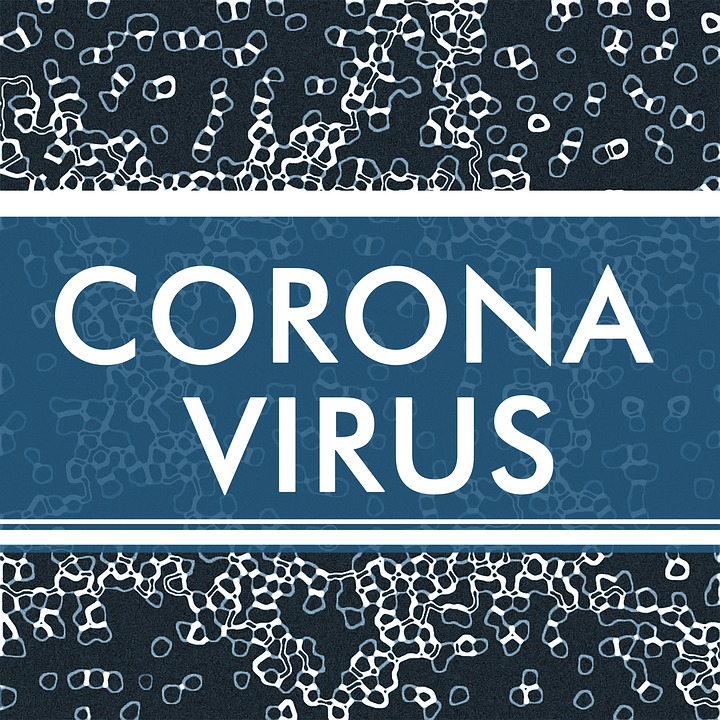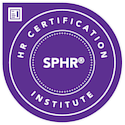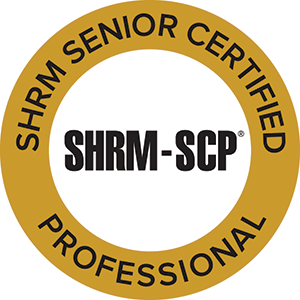The Families First Coronavirus Response Act (FFCRA), effective as of April 1, 2020, sets forth new requirements for employers regarding sick leave and family medical leave related to coronavirus (COVID-19). Here are the highlights of what you need to know and need to do as well as some links to more information.
Who is affected by the FFCRA?
All employers with 500 or fewer employees, both for-profit and nonprofit businesses.
What does it require?
FFCRA requires that covered employers provide to employees the following.
Emergency paid sick leave:
- Two weeks (up to 80 hours) paid sick leave at the employee’s regular rate of pay when the employee is unable to work due to COVID -19 because the employee is
- Subject to Federal, State, or local quarantined or isolation order;
- Advised by a health care provider to self-quarantine, and/or
- Experiencing COVID-19 symptoms and seeking medical diagnosis.
Note: The regulations interpret “quarantine or isolation orders” to include “a broad range of governmental orders, including orders that advise some or all citizens to shelter in place, stay at home, quarantine, or otherwise restrict their own mobility.” That being said, if a business closes because of a shelter in place order, either because its customers are required to stay at home or because the order forced the business to close, and the employee cannot telework, the employee is not eligible for paid sick leave under the Act (because the reason the employee cannot work is because the business was subject to the order, not because the employee was subject to the order).
OR
- Two weeks (up to 80 hours) paid sick leave at two-thirds the employee’s regular rate of pay when an individual has been employed at least 30 days and is unable to work because of a
- Bona fide need to care for a quarantined individual, or
- Care for a child (under 18) whose school is closed, or childcare provider is closed/unavailable due to COVID-19, or
- Is experiencing any other substantially-similar condition specified by the U.S. Department of Health and Human Services.
Note: Part-time employees are eligible for the number of hours of leave that the employee works on average over a two-week period.
Expanded family and medical leave:
- Up to an additional 10 weeks of paid
expanded family and medical leave at two-thirds the employee’s
regular rate of pay when an employee is unable to work because
of a
- Bona fide need for leave to care for a child whose school or childcare provider is closed or unavailable because of COVID-19.
Note: The expanded family and medical leave can be used intermittently between April 1, and December 31, 2020. For example, if employee does not have childcare for two of the five days of work, they can use the leave for those two days until the 10 weeks is used up or December 31, whichever comes first.
New posting required
All covered employers must post/provide to employees a Notice of FFCRA Requirements as follows:
- Employers who are still open should print out the notice and post with other required notices. Another option is to provide individual copies to employees.
- Employers with staff working remotely may email the notice to all employees to meet the requirement.
Employee documentation required
FFCRA stipulates that employers must require that employees provide documentation in support of emergency paid sick leave, including:
- Employee name
- Qualifying reason for leave
- Statement that the employee is unable to work, including remotely, for that reason
- Dates of requested leave
- Documentation of reason for leave, such as
- Quarantine or isolation order
- Name of health care provider advising employee to self-quarantine
- Website post/email notice of school or childcare provider closure
For more information be sure to visit the following websites:
- Employer Paid Leave Requirements (Department of Labor): https://www.dol.gov/agencies/whd/pandemic/ffcra-employer-paid-leave#_ftn7
- FFCRA Q & A (Department of Labor):
https://www.dol.gov/agencies/whd/pandemic/ffcra-questions
Federal laws may run concurrent with CA laws
California employers should keep in mind that state and local laws (city or county) related to sick leave and family leave may differ from federal law. Be sure you are complying with laws pertinent to your location and/or where you have employees as some of these laws run concurrently in certain circumstances.
Tax credits
Covered employers qualify for dollar-for-dollar reimbursement through tax credits for all qualifying wages paid under the FFCRA. Qualifying wages are those paid to an employee who takes leave under the Act for a qualifying reason, up to the appropriate per diem and aggregate payment caps. Applicable tax credits also extend to amounts paid or incurred to maintain health insurance coverage. Find out more information here. For the most current information about the loan programs, visit the SBA coronavirus webpage, or go directly to the SBA loan application page. The Paycheck Protection Program (PPP) loans will also be available through most major banks in the coming weeks.
I am in the process of putting together additional resources to help you during this crisis. Stay tuned, and please feel free to reach out if you have questions.












